Inbox and Environment News: issue 279
September 4 - 10, 2016: Issue 279
FAIR WORK AMENDMENT (RESPECT FOR EMERGENCY SERVICES VOLUNTEERS) BILL 2016
- providing that paid firefighters can only report to another paid firefighter with the exception of the incident controller;
- requiring Union agreement at integrated stations to cross-crewing of firetrucks by volunteers and paid firefighters;
- requiring Union agreement to workplace changes through the consultation term, including matters that may impact on the use of volunteers;
- requiring Union agreement on the structure of any Volunteer Support Programs; and
- requiring that uniforms of volunteers cannot be the same as those provided to paid firefighters.
- restrict or limit the ability of certain firefighting or SES bodies to engage, deploy, provide support or equipment to its volunteers, or manage its operations in relation to its volunteers, or
- require a body to consult, or reach agreement with, any other person or body in relation to managing its volunteers, or
- restrict or limit a body’s ability to recognise, value, respect or promote the contribution of its volunteers to the well-being and safety of the community, or
- require or permit a body to act other than in accordance with a law of a state or territory that imposes a duty, power or function on the body that could affect its volunteers.
Victoria Bans Fracking To Protect Farmers
Community Group Appeals Decision To Allow CSG Water Treatment Facility To Operate Near Narrabri
Landholders’ Right To Refuse (Gas And Coal) Bill 2015
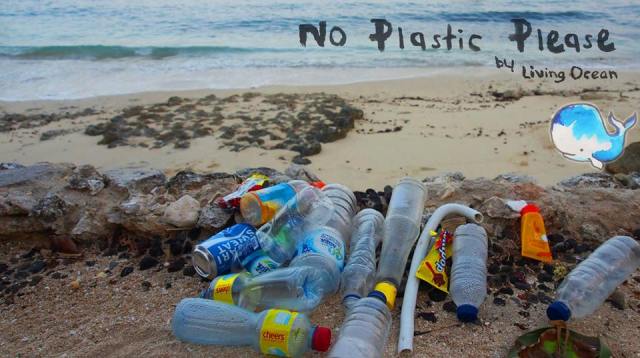
Native Sportfish Angling Opens
Put In Your Ten Cents' Worth On Deposit Scheme
The biggest initiative to tackle litter in the state’s history has moved a step closer to reality, with draft legislation on the NSW Government’s 10-cent container deposit scheme going out to public consultation, Environment Minister Mark Speakman said today.
The scheme, which will mean eligible drink containers between 150 ml and three litres can be returned for a 10 cent refund, is scheduled to roll out across the state in July 2017.
Mr Speakman said the container deposit scheme (CDS) was now at the stage of consulting with the public on the details.
“I was thrilled to announce in May along with Premier Mike Baird that NSW was delivering on a key election promise and introducing a long-awaited container deposit scheme – something the community had been asking for for decades,” Mr Speakman said.
“We are looking at several measures to reduce costs of the scheme, including working with Queensland on opportunities for a single scheme coordinator and driving competition by allowing for multiple network operators.”
A draft bill and discussion paper, on public exhibition until Wednesday, 21 September, aims to provide details to the public on how the scheme was proposed to work, including:
- How the scheme will be coordinated
- How the network of collection points will work
- How refunds will work including the potential for contactless (mobile phone) refunds
- How the scheme will interact with kerbside recycling, and
- Roles and obligations under the scheme
“From next year the people of NSW will be able to return most drink containers and receive 10 cents, while playing a part in reducing litter volume by 40 per cent by 2020, one of the Premier’s key priorities,” Mr Speakman said.
The draft Waste Avoidance and Resource Recovery Amendment (Container Deposit Scheme) Bill 2016 and Regulatory Framework Discussion Paper are open for public consultation until 21 September and feedback is welcome.
View the documents and submit comments online at www.epa.nsw.gov.au/waste/cds-draft-bill-consultation.htm
Aussie Backyard Bird Count 2016
Koala Plans Receive Federal Government Approval
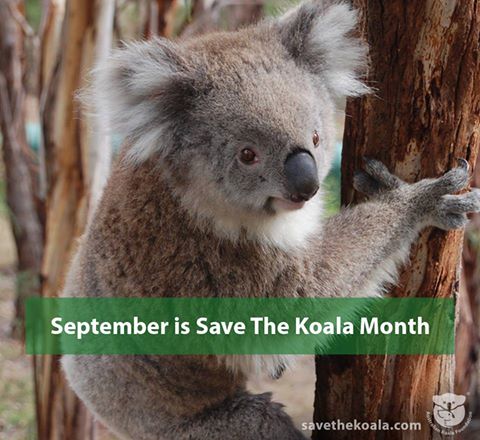
Live-Stream Air Quality Data From Coal-Seam Gas Regions
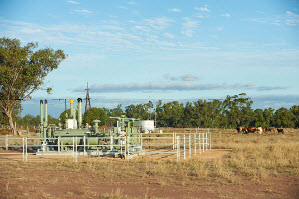 CSIRO, through the Gas Industry Social and Environmental Research Alliance (GISERA), is leading a study which includes collection of air quality measurements through a network of five ambient air quality stations in the Chinchilla, Miles and Condamine region of Queensland.
CSIRO, through the Gas Industry Social and Environmental Research Alliance (GISERA), is leading a study which includes collection of air quality measurements through a network of five ambient air quality stations in the Chinchilla, Miles and Condamine region of Queensland.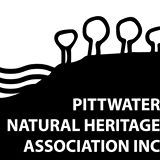
SUNDAY MORNING BIRDWATCHING with PNHA
Would you like to know more about our local birds and explore our bushland reserves? Then join us on one of our bird walks:
PNHA Birdwatching 8am Sunday 25 September, Warriewood Wetlands, followed by Morning Tea and a talk on the Birds of Warriewood Wetlands at 9.30am.
Warriewood Wetlands is one of Sydney’s birding hotspots with over 150 species recorded. Come along and see how many you can find.
At 9.30am, after the walk, join us for morning tea and a talk on the birds of Warriewood Wetlands provided by PNHA. We are holding this event as part of the Friends of Narrabeen Lagoon Catchment's Narrabeen Spring Celebration.
Meet: 8am for the walk, and/or come at 9.30am for the morning tea and talk, Katoa Close, off Garden St, North Narrabeen.
Bring: For the walk: Binoculars, water, insect repellent, hat. Morning tea will be provided (see Bookings)
Bookings: Please book this time, for catering. Text or call 0439 409 202.
Our last walk of the year is at 7.30am on Sunday 27 November at Warriewood Wetlands. The summer migratory species will have arrived and the Wetlands will be home to nesting birds and birds with young. there should be plenty to see.Meet at Katoa Close, North Narrabeen.
Most walks last a couple of hours. Bring binoculars and morning tea for afterwards if you like. Contact pnhabirdwatching@gmail.com for details of each walk.
Community Landcare Grants
Bushcare in Pittwater
Where we work Which day What time
Avalon
Angophora Reserve 3rd Sunday 8:30 - 11:30am
Avalon Dunes 1st Sunday 8:30 - 11:30am
Avalon Golf Course 2nd Wednesday 3 - 5:30pm
Careel Creek 4th Saturday 8:30 - 11:30am
Toongari Reserve 3rd Saturday 9 - 12noon (8 - 11am in summer)
Bangalley Headland 2nd Sunday 9 to 12noon
Bayview
Winnererremy Bay 4th Sunday 9 to 12noon
Bilgola
North Bilgola Beach 3rd Monday 9 - 12noon
Algona Reserve 1st Saturday 9 - 12noon
Plateau Park 1st Friday 8:30 - 11:30am
Church Point
Browns Bay Reserve 1st Tuesday 9 - 12noon
McCarrs Creek Reserve Contact Bushcare Officer To be confirmed
Clareville
Old Wharf Reserve 3rd Saturday 8 - 11am
Elanora
Kundibah Reserve 4th Sunday 8:30 - 11:30am
Mona Vale
Mona Vale Beach Basin 1st Saturday 8 - 11am
Mona Vale Dunes 2nd Saturday+3rd Thursday 8:30 - 11:30am
Newport
Bungan Beach 4th Sunday 9 - 12noon
Crescent Reserve 3rd Sunday 9 - 12noon
North Newport Beach 4th Saturday 8:30 - 11:30am
Porter Reserve 2nd Saturday 8 - 11am
North Narrabeen
Irrawong Reserve 3rd Saturday 2 - 5pm
Palm Beach
North Palm Beach Dunes 3rd Saturday 9 - 12noon
Scotland Island
Catherine Park 2nd Sunday 10 - 12:30pm
Elizabeth Park 1st Saturday 9 - 12noon
Pathilda Reserve 3rd Saturday 9 - 12noon
Warriewood
Warriewood Wetlands 1st Sunday 8:30 - 11:30am
Whale Beach
Norma Park 1st Friday 9 - 12noon
Western Foreshores
Coopers Point, Elvina Bay 2nd Sunday 10 - 1pm
Rocky Point, Elvina Bay 1st Monday 9 - 12noon
Tasmanian Devils Evolve To Resist Deadly Cancer
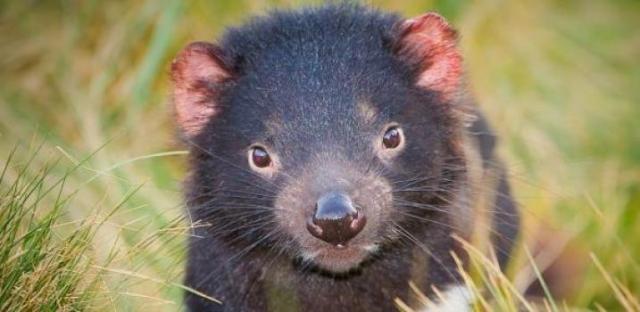
Long Reef Guided Walks
Have Your Say On The Amended Rocky Hill Coal Project Application
- developing and operating an open-cut coal mine to produce up to two million tonnes of coal per year for up to 21 years
- constructing and operating a private coal haul road linking the Rocky Hill Coal Project with the Stratford Coal Complex, approximately nine kilometres to the south
- using the private haul road to transfer coal between 7:00 am and 6:00 pm only, Monday to Saturday
- using the private coal haul road to deliver heavy equipment and construction materials to the mine area
- rehabilitating the site
- constructing and operating an on-site Coal Handling and Preparation Plant
- constructing and operating a Rail Load-out Facility, including a rail loop and overhead loading bin, to dispatch the product coal to the Port of Newcastle
- developing a three kilometre partially-enclosed overland conveyor, to link the CHPP to the Rail Load-out Facility
- operating the mine during night-time hours
- operating the mine during evening hours for the first three years of the mining operations.
- use a private haul road to transfer coal from the Rocky Hill Coal Project to the Stratford Coal Mine site
- construct an extension of the existing coal stockpile to accommodate Rocky Hill’s coal, and process coal from this stockpile through the existing Stratford Coal Handling and Preparation Plant
- place Rocky Hill product coal on the existing Stratford product coal stockpile
- load and dispatch Rocky Hill product coal from Stratford’s existing rail loop and coal load-out system
United Wambo Open Cut Coal Mine Project
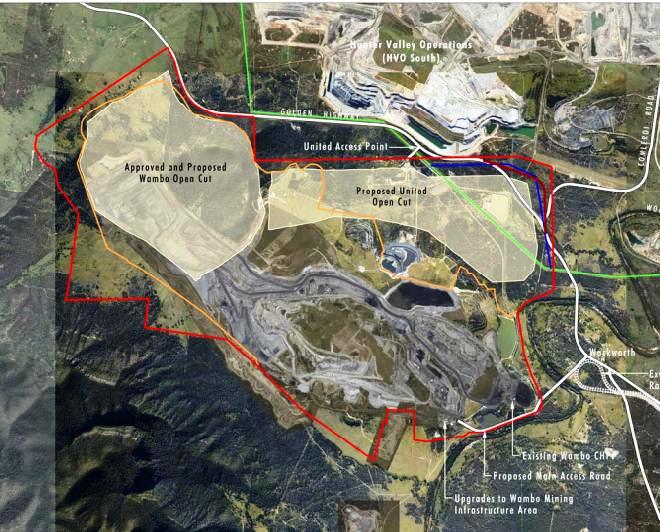
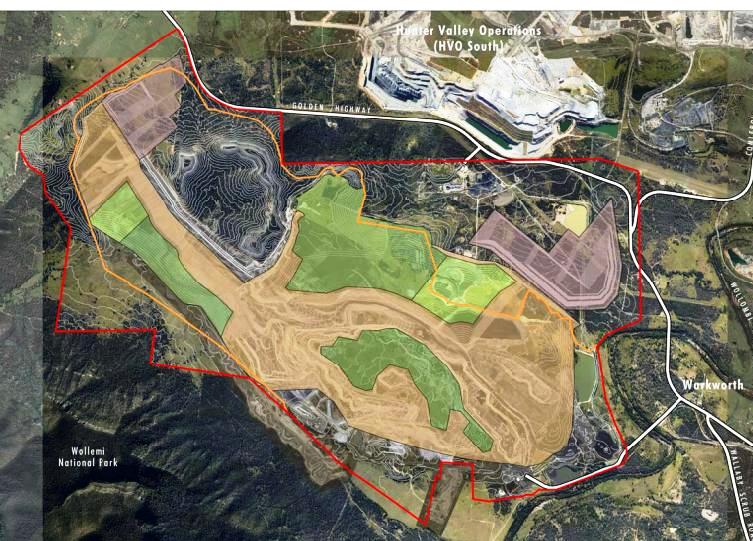
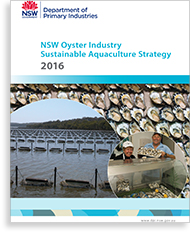 The NSW Oyster Industry Sustainable Aquaculture Strategy (OISAS):
The NSW Oyster Industry Sustainable Aquaculture Strategy (OISAS):Marine Fisheries And Aquaculture
Draft Report
How Songbirds Island-Hopped Out Of Australia
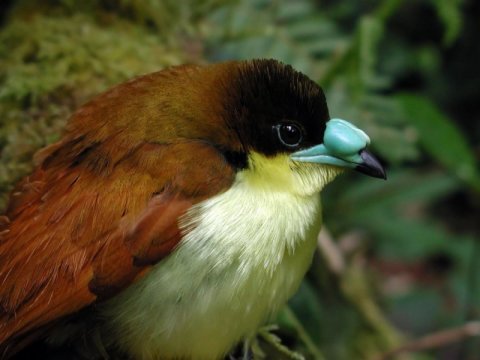
Life Thrived On Young Earth: Scientists Discover 3.7-Billion-Year-Old Fossils
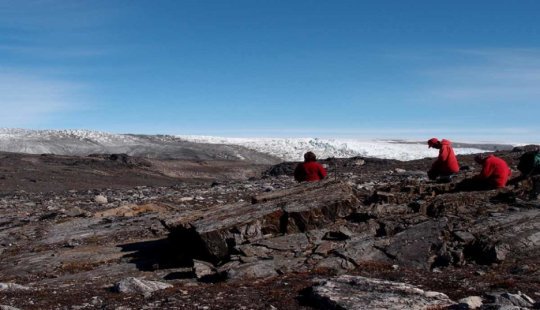
An Imbalance In Nutrients Threatens Plant Biodiversity
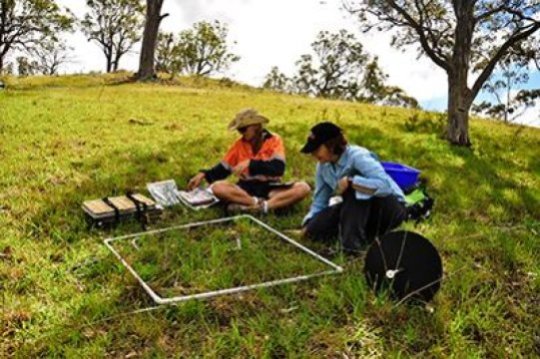
Tasmania To Host Key Antarctic Meetings In 2020
NSW Call to community and government groups to apply for local environmental grants
Media release: 15 August 2016 – NSW Office of Environment and Heritage (OEH)
A total of $4 million in grant funds is available to community groups and government entities for a range of local environment restoration and improvement projects under the NSW Environmental Trust’s 2016/17 Restoration and Rehabilitation Grant Program.
Terry Bailey, Chief Executive, NSW Office of Environment and Heritage and Trust Secretary said the grants will deliver grassroots funding to local environmental projects that restore, protect and enhance a variety of NSW environments.
“This valuable grant program has been running for over 20 years, making it one of the longest running environmental grant programs in Australia,” Mr Bailey said.
“Grants are awarded to help protect important ecosystems, to restore degraded environments and care for habitats of rare and endangered flora and fauna.
“I encourage community groups, not-for-profit and government entities from across the state to apply for a grant and help their local communities protect and conserve our vital natural environment.
“Fifty-six grants were awarded under this program last year and their projects are now tackling a number of local environmental issues.
“Thanks to this grant program landholders, local councils, state government agencies and community groups are now working to restore habitats for native and endangered species, improve water quality and rehabilitate wetland areas.
“As an example, Greening Australia’s $96,730 project is helping improve habitat for the vulnerable Glossy Black Cockatoo. Working alongside landholders, 5,000 trees are being planted and community seed collection and bird identification workshops are taking place.”
Applications open for the 2016/17 round of the Restoration and Rehabilitation Grant Program on 15 August 2016. Grants between $5,000 and $100,000 are available. Applications close on 26 September 2016.
Visit the Environmental Trust website for applications and further information: www.environment.nsw.gov.au/grants/restoration.htm
What's Hiding Behind The Trapdoor?
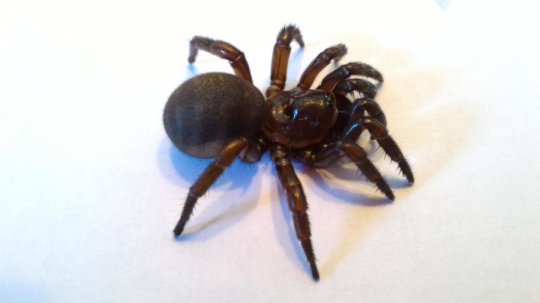
New Format As Pigs Fly In For Warrumbungles Concert
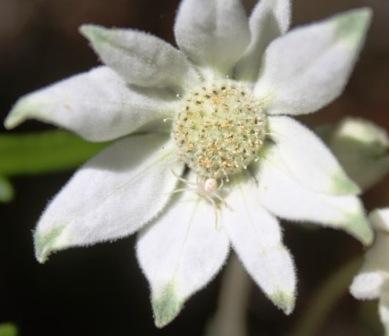
Final Slice Of Barangaroo South Approved For Remediation
Smarter Brains Are Blood-Thirsty Brains
New National Cancer Register Aims To Save Lives
Bankstown-Lidcombe Hospital Medical Gas Findings Report Released
Media Law Reform Package Reintroduced
- a person from controlling commercial television licences whose combined licence area populations reach more than 75 per cent of the Australian population (the 'reach rule'); and
- a person from controlling more than two of the three regulated forms of media (commercial radio, commercial television and associated newspapers) in one commercial radio licence area (the '2 out of 3 rule').
Next Generation $5 Banknote Enters Circulation
2016 Eureka Prizes Winners
NDIS MyPlace Portal
Epic 360° Husky Sledding In Svalbard! - Earth Unplugged
Disclaimer: These articles are not intended to provide medical advice, diagnosis or treatment. Views expressed here do not necessarily reflect those of Pittwater Online News or its staff.